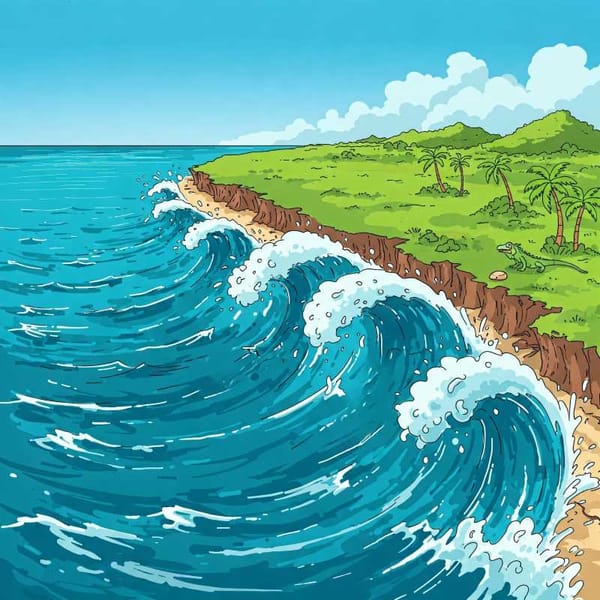The Codex Boturini; from the pilgrimage of the Aztecs to the foundation of Mexico-Tenochtitlan
The Codex Boturini codex was made in a strip of amate made up of 22 plates that narrate the origin of the Mexica. Read more about ir here.

The Codex Boturini codex was made in a strip of amate made up of 22 plates that narrate the origin of the Mexica. Read more about ir here.


Mexico City's surprisingly diverse wildlife (axolotl, teporingo, etc.) faces threats from urban sprawl and climate change. Habitat fragmentation isolates species. Conservation lands are crucial but shrinking due to unplanned growth.

Mexicanist: Cancun shopping, budget resorts, retirement havens, dogs sniff contraband, scientists brew batteries from trash. Dating scene chaos, evolving cuisine. Trump's tariffs threaten, job insecurity looms, yet Mexican wine conquers. Sea turtles are at risk and a town square is haunted.

Expert assures Quintana Roo is safe from tsunamis due to its solid limestone foundation and location far from major fault lines. Recent Caribbean earthquake posed no tsunami threat, as its deep epicenter in the Cayman Trench meant movements were far below the surface.

Mexico debates banning genetically modified corn to protect native varieties and heritage. A key distinction is made between natural and lab-created modifications. Agriculture Secretary Berdegué hints at accepting changes mimicking nature